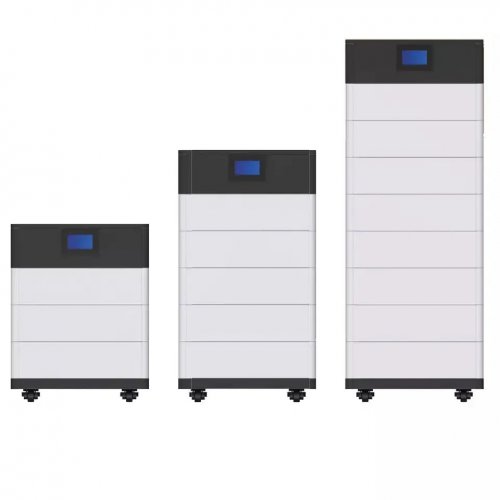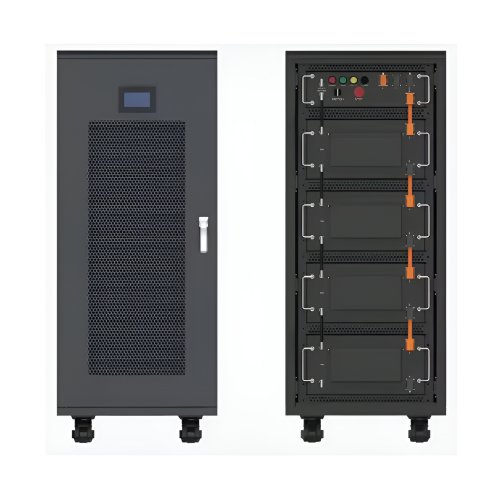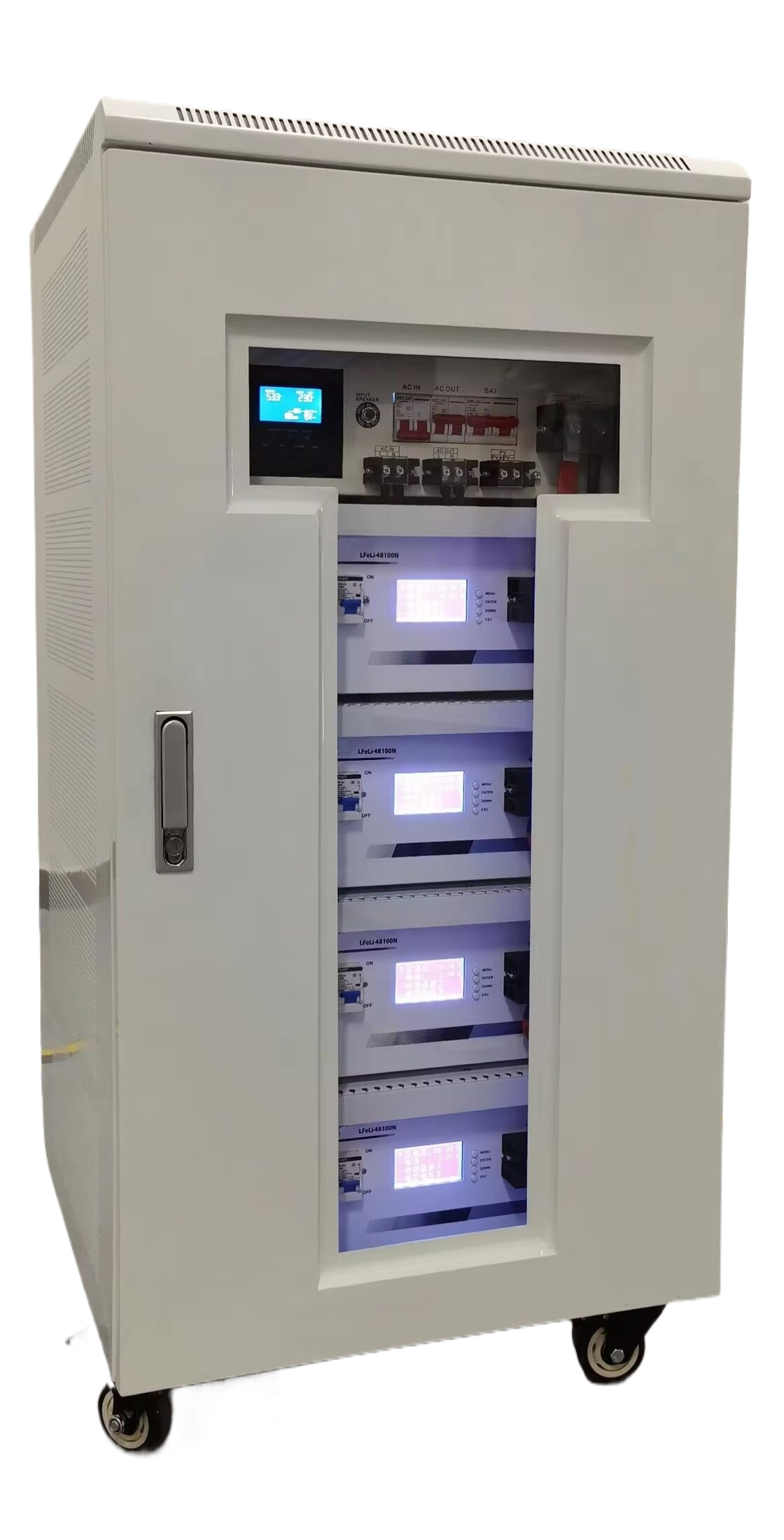Cathode Material Developments News: Navigating The Next Wave Of High-capacity And Sustainable Battery Chemistries
The global push towards electrification, primarily driven by the automotive and energy storage sectors, has placed unprecedented focus on the core components of lithium-ion batteries. Among these, cathode materials represent a critical frontier for innovation, dictating a battery’s energy density, cost, safety, and overall performance. Recent developments indicate a significant shift beyond traditional chemistries, with the industry exploring high-nickel, manganese-rich, and even sodium-based alternatives to meet evolving market demands.
Latest Industry Dynamics: From High-Nickel NMC to Manganese Revival
The prevailing trend continues to be the refinement of high-nickel cathodes, such as NMC (Lithium Nickel Manganese Cobalt Oxide) 811 and its successors. Major battery manufacturers and automotive OEMs are aggressively adopting these chemistries to achieve longer driving ranges. Recent announcements from leading South Korean and Chinese battery producers highlight the commencement of mass production for NMC 9-series cathodes (e.g., NMC 90/5/5), which further increase nickel content while reducing cobalt, a costly and geopolitically sensitive material.
Parallel to this, there is a notable resurgence of interest in manganese-based cathodes. The LMFP (Lithium Manganese Iron Phosphate) chemistry is gaining substantial traction as a formidable upgrade to the widely used LFP (Lithium Iron Phosphate). Companies like CATL and BYD have recently unveiled LMFP battery packs that promise a 15-20% increase in energy density over standard LFP without a significant cost penalty. This development is particularly impactful for the mass-market EV segment, offering a compelling blend of safety, cost-effectiveness, and improved range.
Beyond lithium-ion, sodium-ion (Na-ion) battery technology is moving rapidly from the lab to pilot production lines. Companies such as CATL and HiNa Battery have announced the first commercial applications of Na-ion batteries, primarily for two-wheelers and stationary storage. The cathode materials for these systems, predominantly based on layered metal oxides or Prussian white analogs, are a focal point of research due to their reliance on abundant sodium, offering a potential pathway to alleviate supply chain constraints for lithium and other critical minerals.
Trend Analysis: Supply Chain Security and Sustainability Take Center Stage
The industry’s trajectory is no longer guided solely by performance metrics. Two overarching trends are shaping cathode development: supply chain resilience and environmental sustainability.
The geopolitical landscape and volatile prices of raw materials like nickel, cobalt, and lithium are forcing a strategic rethink. This is accelerating the development of cobalt-free cathodes, such as LFP and LMFP, and is fueling investment in alternative chemistries like sodium-ion. Furthermore, there is a concerted effort to localize cathode production. In North America and Europe, new cathode manufacturing plants are being established, spurred by legislation like the U.S. Inflation Reduction Act, which mandates local sourcing of critical battery components for incentives.
Sustainability is equally paramount. The environmental footprint of mining and processing cathode materials is under intense scrutiny. Consequently, the industry is pivoting towards two key solutions: advanced recycling and material innovation. Hydrometallurgical and direct recycling methods are being scaled to recover high-value cathode materials like lithium, nickel, and cobalt from end-of-life batteries. This not only creates a circular economy but also secures a domestic source of critical materials.
Simultaneously, research into next-generation materials aims for inherently greener options. This includes the development of ultra-thick electrode designs to reduce inactive material use and the exploration of organic-based cathodes, which could be synthesized from more abundant and environmentally benign feedstocks.
Expert Perspectives: Cautious Optimism and Focus on Fundamentals
Industry experts acknowledge the rapid pace of innovation but caution against overlooking fundamental challenges.
Dr. Elena Mitchell, a materials scientist specializing in energy storage at a leading European research institute, notes, "The leap to ultra-high-nickel cathodes brings clear energy density benefits, but it exacerbates challenges like structural instability and reactivity with electrolytes. The real innovation is happening in surface coating technologies and novel electrolyte formulations that stabilize these aggressive cathodes, ensuring longevity and safety. It's a systems-level challenge, not just a materials one."
On the shift towards manganese and sodium, industry analysts like Michael Chen of Volta Energy Insights provide a strategic viewpoint. "LMFP is not a revolution; it's a smart, incremental evolution of a proven chemistry. Its rapid adoption will be a key trend in the next three to five years, especially for cost-sensitive applications. Sodium-ion, meanwhile, is a complementary technology. It won't replace lithium-ion in performance applications but will create a new, massive market for low-cost, low-to-mid-range energy storage, diversifying the overall technology portfolio and mitigating supply risks."
Experts unanimously stress that the future will not be dominated by a single cathode chemistry. Instead, the market will see a diversification where different cathode materials are optimized for specific applications: high-nickel NMC for premium performance EVs, LMFP for mainstream EVs and hybrids, and sodium-ion for grid storage and micro-mobility. The key to success will be a relentless focus on reducing cost, improving sustainability, and solving the intricate manufacturing and supply chain puzzles that each new material presents.
In conclusion, the field of cathode material development is experiencing a period of intense and multifaceted innovation. The industry is strategically moving away from a one-size-fits-all approach, instead cultivating a portfolio of cathode technologies designed to balance performance, cost, and sustainability for a rapidly electrifying global economy.
Customized/OEM/ODM Service
HomSolar Supports Lifepo4 battery pack customization/OEM/ODM service, welcome to contact us and tell us your needs.


HomSolar: Your One-stop LiFePO4 Battery Pack & ESS Solution Manufacturer
Our line of LiFePO4 (LFP) batteries offer a solution to demanding applications that require a lighter weight, longer life, and higher capacity battery. Features include advanced battery management systems (BMS), Bluetooth® communication and active intelligent monitoring.

Customised Lithium Iron Phosphate Battery Casing
ABS plastic housing, aluminium housing, stainless steel housing and iron housing are available, and can also be designed and customised according to your needs.

HomSolar Smart BMS
Intelligent Battery Management System for HomSolar Energy Storage System. Bluetooth, temperature sensor, LCD display, CAN interface, UART interface also available.


Terminals & Plugs Can Be Customized
A wide range of terminals and plugs can be customised to suit the application needs of your battery products.

Well-designed Solutions for Energy Storage Systems
We will design the perfect energy storage system solution according to your needs, so that you can easily solve the specific industry applications of battery products.



About Our Battery Cells
Our energy storage system products use brand new grade A LiFePO4 cells with a battery lifespan of more than 4,000 charge/discharge cycles.



Applications in Different Industries
We supply customized & OEM battery pack, assemble cells with wiring, fuse and plastic cover, all the cell wires connected to PCB plug or built BMS.
Applications: E-bike, Electric Scooter, Golf Carts, RV, Electric Wheelchair, Electric Tools, Robot Cleaner, Robot Sweeper, Solar Energy Storage System, Emergency Light, Solar Power Light, Medical Equipment, UPS Backup Power Supply.
We can provide you with customized services. We have the ability to provide a vertical supply chain, from single cells to pack/module and to a complete power solution with BMS, etc.


HomSolar (Shenzhen) Technology Co., Ltd
























